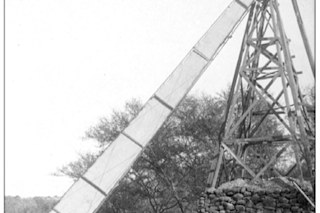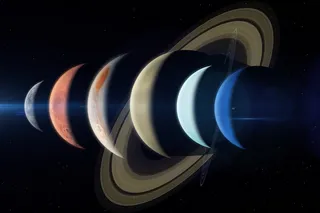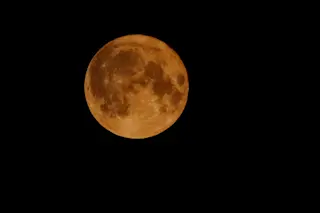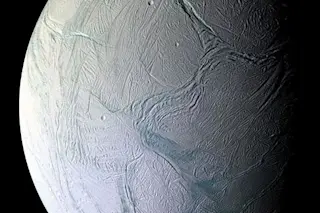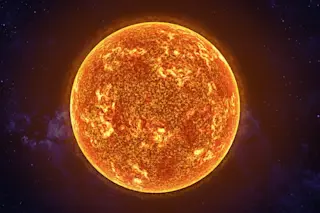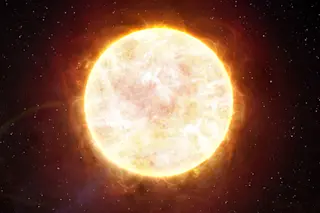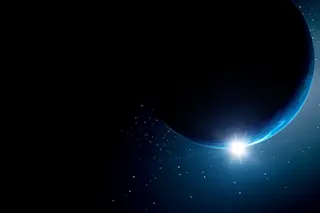The two towers of the Schaeberle Camera and the rock wall at Jeur (India), with overlall height lowered by use of a pit for the plate-holder. Credit: Mary Lea Shane Archives By Dr. Liz MacDonald, founder of Aurorasaurus and scientist at NASA’s Goddard Space Flight Center. This blog reposted from blog.aurorasaurus.org. Over a century ago, American astronomer W.W. Campbell set up a 40 foot ‘Schaeberle camera’ in Jeur, India to take pictures and study various properties of the sun’s outermost layer called the corona during the 1898 total solar eclipse. To make sure no people or animals would tamper with the camera before the eclipse occurred, he found volunteers to guard the delicate equipment the evening before the experiment. Today, in 2017, volunteers called citizen scientists are again helping scientists make observations and learn more about the sun and Earth interaction. This time though, citizen scientists across the United States ...
Science Experiments for the Public during the Solar Eclipse
Explore how citizen scientists' observations play a key role in studying the solar corona during the 2017 total solar eclipse.
ByGuest
More on Discover
Stay Curious
SubscribeTo The Magazine
Save up to 40% off the cover price when you subscribe to Discover magazine.
Subscribe

